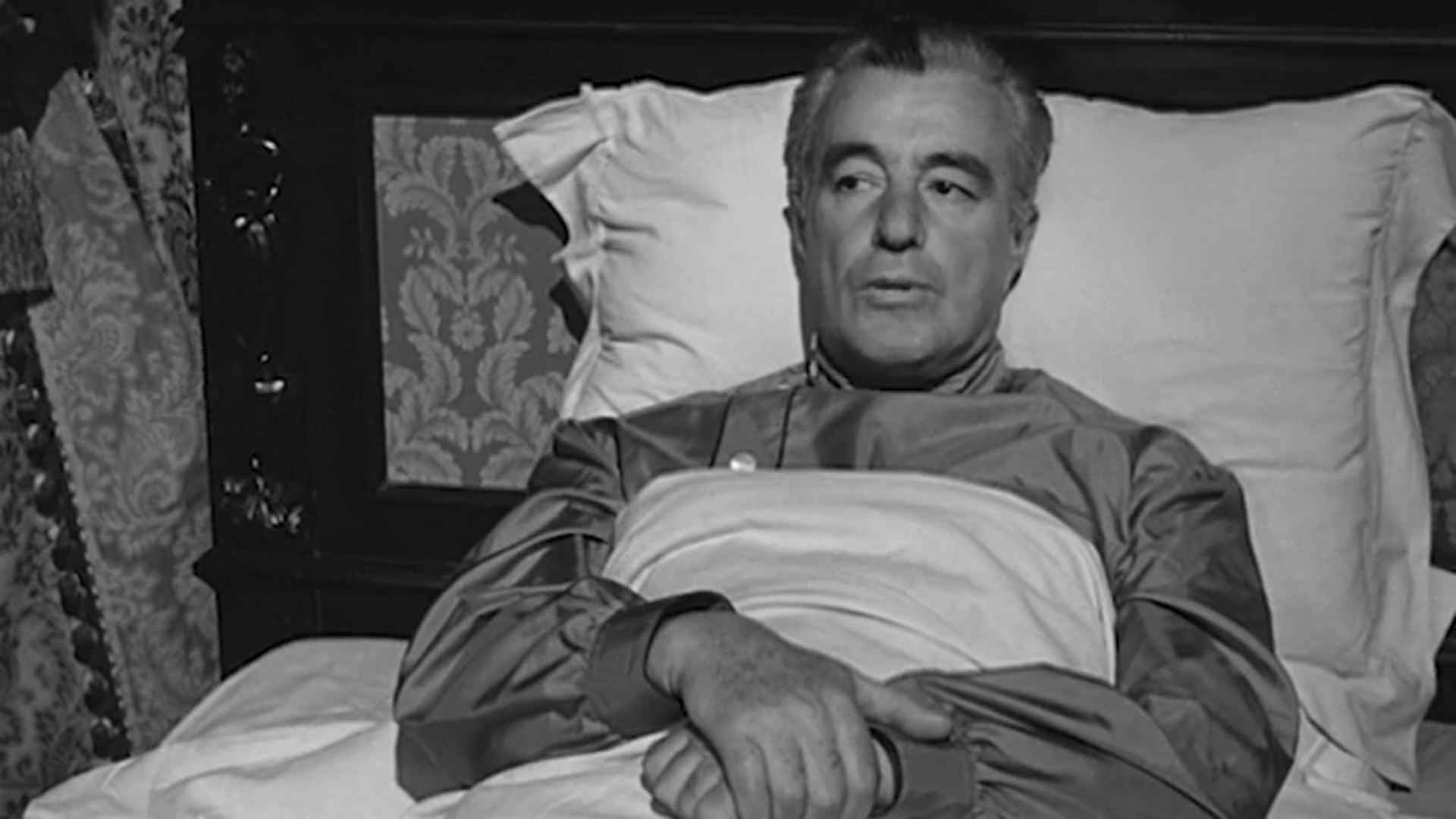Exploring Social Dynamics and Humor in Giorgio Bianchi’s Satire
Uomini e nobiluomini (1959), directed by Giorgio Bianchi, is a classic Italian comedy that blends humor with social commentary, examining the interactions between Italy’s aristocracy and the working class. Set against the backdrop of a post-war Italy experiencing rapid social changes, this film delivers laughs while poking fun at the rigid distinctions between the nobility and the common people. Through its engaging characters and witty dialogue, Uomini e nobiluomini captures the absurdity and charm of a society in flux.
Plot Overview: Clashing Worlds and Hidden Desires
The story revolves around Donna Violante Ruotolo, an aging noblewoman who is determined to maintain her aristocratic lifestyle despite her dwindling wealth. Faced with financial challenges, she rents out part of her palatial home to a group of actors from the working class, setting up a clash of cultures. Her aristocratic world, filled with outdated customs and refined manners, collides with the lively, down-to-earth spirit of the actors, who approach life with spontaneity and humor.
As Donna Violante mingles with her new tenants, the film highlights the tension between tradition and modernity, poking fun at the social divides that separate Italy’s upper and lower classes. Her interactions with the actors reveal her hidden insecurities, prejudices, and, ultimately, her curiosity about a life beyond the strict codes of nobility. This setup provides fertile ground for comedic misunderstandings, romantic entanglements, and moments of self-discovery.
Performances: A Showcase of Italian Talent
The cast of Uomini e nobiluomini brings a distinctive charm and energy to the film. Dolores Palumbo shines as Donna Violante, embodying the character’s pride and fragility with comedic precision. Her performance captures the nuances of a woman caught between the desire to uphold her noble identity and the reality of her declining status. Palumbo’s comedic timing and expressive face bring depth to Donna Violante, making her both amusing and empathetic.
Opposite her are a cast of talented Italian actors, including Alberto Sordi and Vittorio De Sica. Sordi, known for his skill in portraying humorous, larger-than-life characters, plays one of the actors who rents space in Donna Violante’s home. His character’s energy and down-to-earth personality contrast sharply with Donna Violante’s formality, creating moments of genuine hilarity. De Sica, a towering figure in Italian cinema, brings sophistication to his role, balancing out the rowdiness of the actors with subtle humor. Together, this ensemble captures the diversity of Italian society, from aristocrats clinging to their pasts to commoners embracing a new era.
Setting: The Palazzo as a Character
The grand palazzo where Donna Violante resides plays a central role in Uomini e nobiluomini. Its stately halls and antique decor symbolize the declining grandeur of Italy’s aristocracy, providing an ironic backdrop for the comedic interactions between the noblewoman and her tenants. Director Giorgio Bianchi uses this setting to emphasize the contrast between the characters’ lives—the opulent but fading world of nobility versus the vibrant, unpretentious world of the actors.
Through well-composed shots and careful set design, Bianchi captures the palazzo’s beauty and decay, underscoring the theme of a society clinging to its past while facing inevitable change. The sprawling rooms, filled with ornate furnishings and portraits of ancestors, serve as a humorous counterpoint to the lively energy of the actors, who often seem out of place in such a setting. This contrast not only enhances the film’s comedic tone but also symbolizes the crumbling influence of traditional social structures in post-war Italy.
Class and Gender: Satire with a Social Edge
Uomini e nobiluomini is more than just a comedy; it’s a satirical look at Italy’s rigid class distinctions and the evolving role of women in a modernizing society. Donna Violante’s character embodies the struggles faced by noblewomen of her era, caught between the expectations of aristocratic society and the desire for personal freedom. As she grows closer to her tenants, she confronts her biases, revealing the absurdity of the class structures that have dictated her life.
The film also examines gender roles, showing how Donna Violante’s aristocratic world restricts her independence. Surrounded by the more liberated, free-spirited actors, she begins to question her role and identity within her class. This interaction highlights the changing dynamics of Italian society in the 1950s, where traditional roles were being questioned, and women were gradually gaining more agency.
Legacy and Impact
Uomini e nobiluomini remains a beloved classic in Italian cinema, thanks to its sharp humor, engaging performances, and insightful social commentary. The film’s lighthearted treatment of class and gender reflects the shifting values of 1950s Italy, providing audiences with both entertainment and reflection. Giorgio Bianchi’s direction, combined with a talented cast, brings out the comedy and humanity of characters from different walks of life, showing that the lines dividing them are often more imagined than real.
Through its witty dialogue and clever satire, Uomini e nobiluomini endures as a charming exploration of Italy’s cultural changes. The film’s humor, warmth, and critical eye on society make it both a timeless comedy and a snapshot of Italy’s transformation in the post-war era. Today, Uomini e nobiluomini is remembered not only for its laughs but for its gentle reminder of the humanity that transcends social divides.
Watch the movie on Movieitaly+
Read more articles over here!






